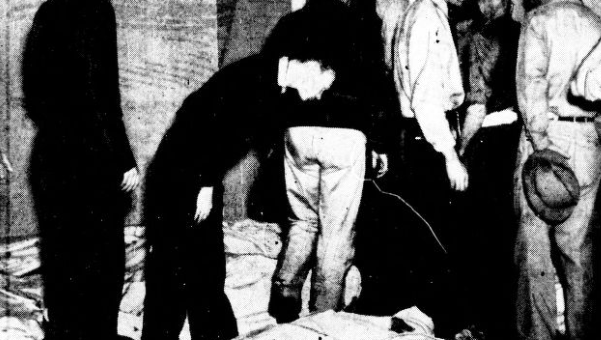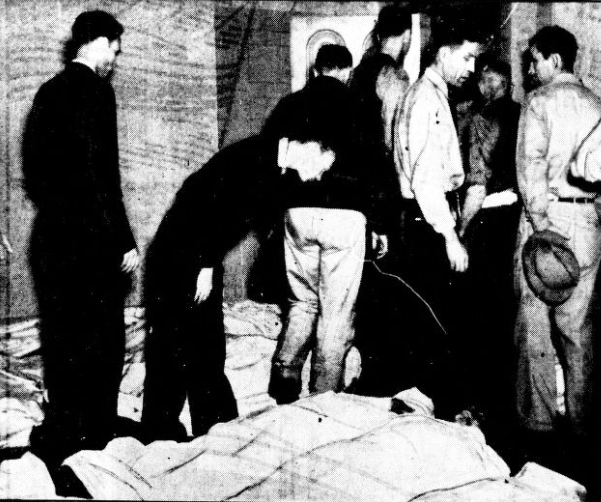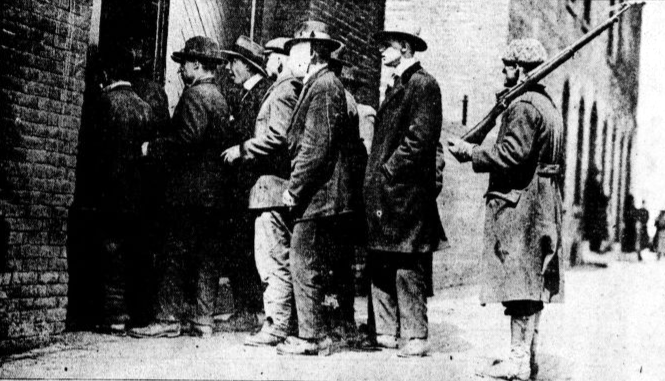
In 1921, a fire broke out at the Hotel Colonial in Hoboken, New Jersey. Eleven lives were tragically ended.
The burned bodies were taken to the dead house and streams of people poured through the morgues in an attempt to identify the bodies.
This was a common scene that accompanied most tragic events in the past. Friends, families, and co-workers would form a line and make their way through the morgue or makeshift dead house in an effort to give a name to the dead.
But there were also those who visited the morgues regularly just to see the dead.
In an article published in 1902, the Cook County morgue in Chicago, Illinois was a popular hangout. According to the article:
“Whenever a murder victim or some other man or woman who has died under extraordinary or sensational circumstances finds a resting place on the cold slabs of the morgue the number of curious people who fall over one another to gain a view of the unfortunate’s face is astonishing.”
The article went on to say that the attendants claimed that more women visited the morgue than men, and that women are far more morbidly curious than men.

One attendant was quoted as saying:
“I never saw anything like it. You have to drive people away from here. I don’t know what the attraction is for I am quite sure if business didn’t call me here, this is the last place in Chicago I would think of coming to.”
By 1919, the Chicago morgue was being used as punishment for reckless drivers. Judge Stelk decided that the best cure for reckless drivers was to make them visit the morgue.

He said to one of his latest batch of speeders:
“You are sentenced to go to the morgue. There you will see the maimed body of a little girl killed by a speeder. You will look at that child and her wounds will be shown to you. Learn a lesson from the fate of that little one who, but for men like you, would have grown up to have been a wife and mother. After you have seen, go home. I will continue all your cases for a week so that you can think over the matter.”
In 1922, it was reported that weekly visits to the morgue were ordered by the automobile division of the Detroit courts. Anyone found guilty of reckless driving would be forced to take a tour of the morgue and to view the results of reckless driving.
Finally, college students were also given tours of city morgues. In 1902, students at Yale were taken to the Bellevue Morgue in New York City so that they could learn how the other half of the population, meaning the poor and destitute, lived and died.

